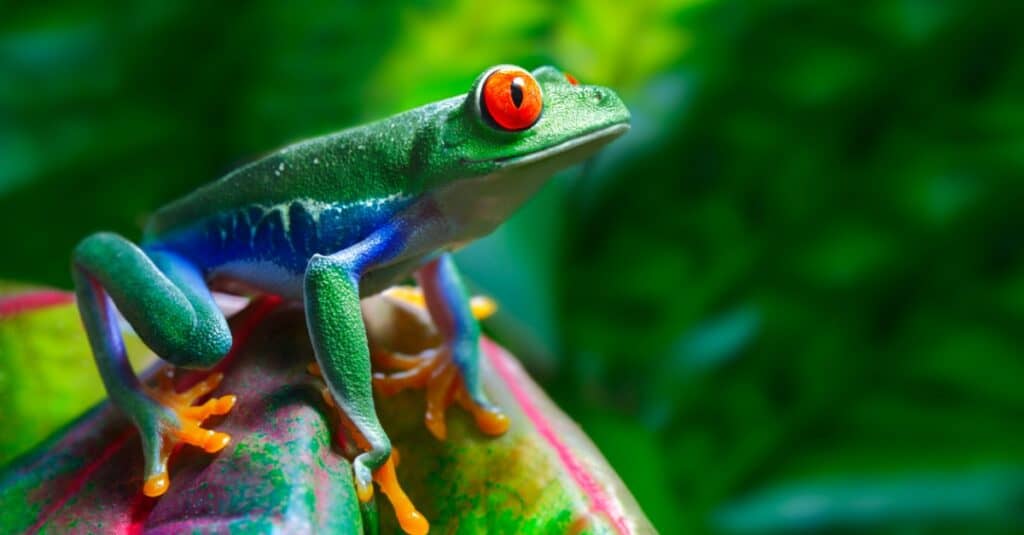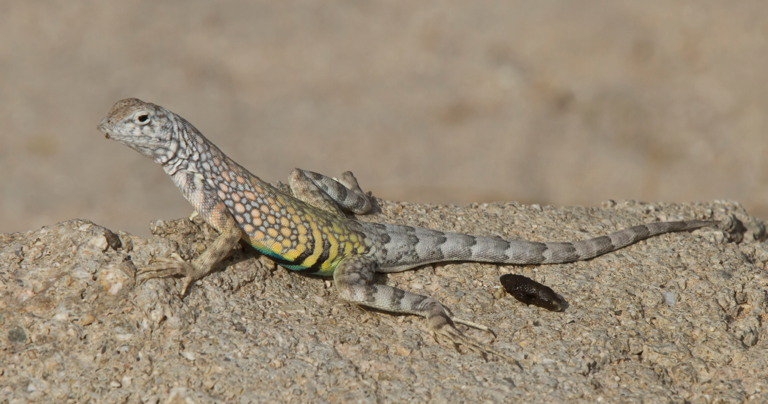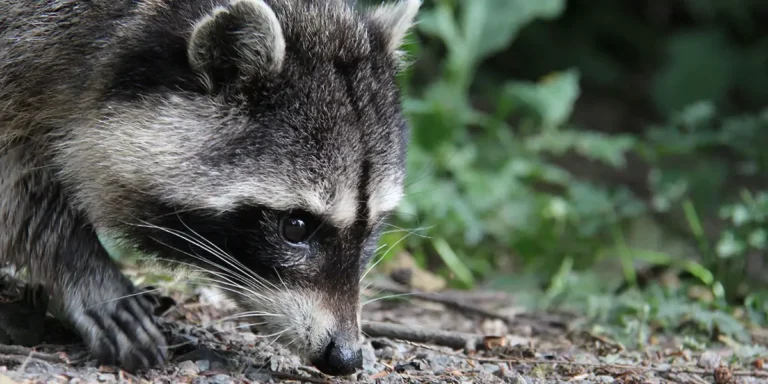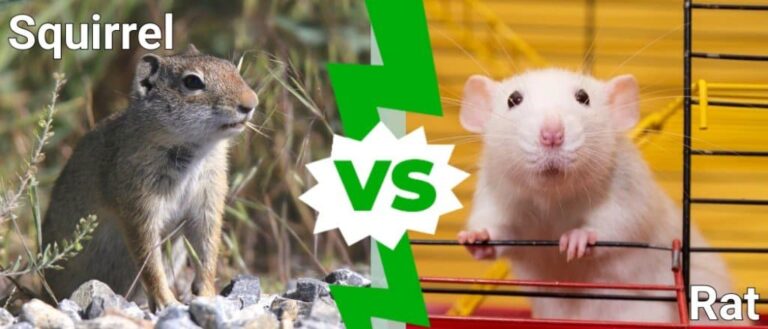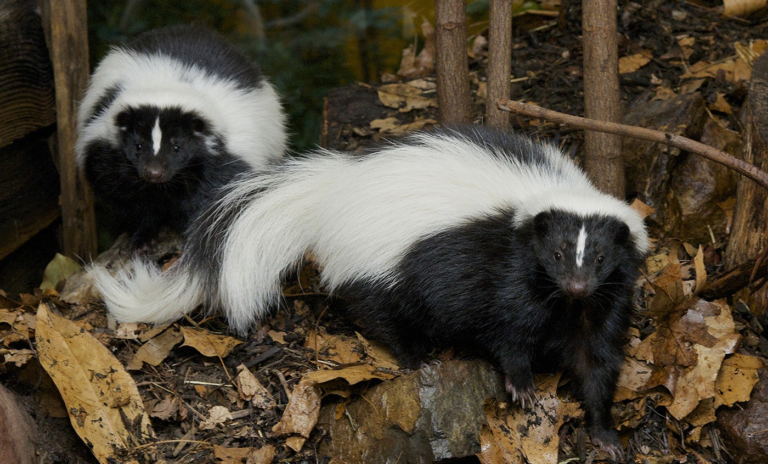What Does Frog Poop Look Like? A Complete Guide
Overview
The process of frog poop may sound unremarkable, however, studying its properties is relevant to both lovers of natural observation and owners of houses and apartments. Interpreting frog droppings can help in deciding the general condition of environment, or can alert about likely pests or just satisfy the curiosity about nature.
This guide will offer comprehensive information on what frog feces or frog dung looks like, the possible area of occurrence, as well as the significance of frog feces in the health of the ecosystem.
Why It’s Important to Identify Frog Poop
Identifying frog poop can help:
- Frog activity within that area should be recognized: This can be a sign that the ecosystem of a given area is rather healthy.
- Differentiation between the droppings of one animal and another is possible and it would help to prevent mish-mash pest control.
- Sanitation: In the case of frogs being active on your property and you as a homeowner, understanding the areas that frogs defecate will be beneficial to the general cleaning process.
Physical Characteristics of Frog Poop
For this reason, it is fairly easy to determine where frogs have gone to the bathroom because the feces are quite distinguishable from feces of other animals. Below are discussed the following characteristics:
- Quantity: The size and shape of the feces are generally large cylindrical and formed in long ropes, proportionate to the body length of the frog. It may range from 1 to 3 inches in length according to the size of the frog species.
- Color: Fresh frog poop is usually dark brown or black in colour and they tend to have a sort of sheen due to the moisture content. When it dries up, it turns to be an almost weightless and frail thing as compared to what it was before.
- Consistency: When fresh, frog droppings are wet and tend to be sticky in nature. Finally, they become brittle and after some time they inevitably turn to dust.
- Fresh smelling of frog feces: Since frog is not as massive an animal as, for instance, cats or dogs, its feces do not stink as badly as those of the mentioned animals, but still, will hardly smell really fresh.

Differences Between Frog Poop and Other Animal Droppings
Another factor is that mainly due to different colours, size and texture, frog feces is often mistaken for the feces of lizards or rodents. The following is how one can be in a position to distinguish between the two:
- Poop of Lizard: Lizard or gecko droppings normally should exhibit a white tip at the end caused by uric acid and should not be mistaken for frog droppings.
- Rodent Poop: While passing through the digestive system, their feces are compiled into hard, round balls that are smaller in size compared to the cylindrical shaped droppings of frogs.
- Bird Droppings: Bird feces are generally semi-liquid waste hence appear to be very different from those of frogs in terms of their physical appearance.
Where to Find Frog Poop
Frog droppings are commonly spotted in any locality where frogs are usually found:
- Near Water Sources: The droppings of frogs can be found around those habitats that provide water mainly since frogs are amphibians: around water troughs, on areas close to ponds, lakes, and garden fountains.
- Gardens and Yards: Homes with numerous plants especially in the gardens and yards provide hiding places for these frogs hence putting them in the likelihood of dropping them.
- Under Decks and Patios: Another place where you are likely to see frogs is if the area is shaded and there is standing water around one’s deck or patio.
- Indoor sites: Despite this rarity, there are rare instances where frogs can gain entry into residential homes and you are likely to find the droppings in the basements, bathrooms or wherever the humidity is high.
Frog Poop Table: Detailed Specs and Features
Below is the summary of some of the features of frog feces:
| Feature | Description |
|---|---|
| Size | 1–3 inches in length, cylindrical |
| Color (Fresh) | Dark brown or black, shiny |
| Color (Dry) | Light brown or gray, brittle |
| Texture | Moist and sticky when fresh, hard when dried |
| Smell | Mildly unpleasant when fresh |
| Location Found | Near water sources, gardens, under decks |
| Differentiation | No white tip (unlike lizard poop) |
| Health Concerns | Low risk but can attract flies and other pests |

Why Frogs Poop So Much
Frogs depend on a large number of meals in comparison with their body size to feed on insects and small invertebrates. An aspect which arises out of their fast metabolic rates is that it sees them produce wastes more frequently and in large amounts. This trait may be shocking sometimes when many droppings are discovered within the premise of residential buildings by the homeowners.
The Role of Frog Poop in Ecosystems
Frog droppings are quite an interesting issue in the natural environment. They help:
- Beneficial to plants: The feces of frogs help in improving the soil quality since it aids in the decay process.
- As a source of food: When alive frogs defecate, small insects and micro-organisms benefit from the poop as they serve as their main source of food.
How to Clean and Dispose of Frog Poop Safely
Here are the steps that can be followed while cleaning frog feces:
- Wear gloves: Handling used garments without washing should be done with gloves in order not to have direct contact with them.
- Avoid Soaps: Wash the area with soap and water to ensure that there is no soiling before proceeding to take the fingerprints.
- Sanitize: It means to use a weak solution of a disinfectant solution in eliminating the spread of bacteria.
- Get Rid Of Properly: Place the waste in a bag that is also biodegradable before disposing it.
Preventing Frogs from Entering Your Property
If you have the desire of reducing the frequency of frogs and their feces around them:
- Remove Excess Water: Eradicate water places such as water pools and fountains for birds.
- Maintain Low Height and Dense Plants: Having properly trimmed vegetation improves the living environment of the frogs because the prefer calm and moist areas. Some of the ways through which one can exclude them include: Maintaining the garden clean and free of clutter.
- Seal Entry Points: Consideration should be given to the fact that doors and windows should be tightly closed to prevent access to the inner parts of the building.

FAQs
Q1: Is frog poop harmful?
A: In most cases, frog droppings have no negative impacts on individuals but could pose health issues similar to any other excrements from any other animals due to the exposure of germs that attract bugs and may lead to minor infections in the event that it is left untouched.
Q2: How can I tell if frog poop is fresh?
A: Initial frog feces will be black in color and the surface will be smooth and wet shiny. Old feces turn to the color of tea or gray color depending on the tinge it had when it was still fresh and its texture is hard and crumbly.
Q3: Do frogs poop often?
A: Yes, frogs are metabolic animals and they eat a lot of food and in consequence, they have a tendency to defecate often.
Q4: Can frog feces be used as fertilizer?
A: Yes, the nitrogen-rich frog dung is useful to add the soil when it rots down, but it is advisable to use compost and other manure as fertility agents for soil.
Q5: What should I do if I find frog droppings indoors?
A: Clean the area with soap, water, and a disinfectant. first, to prevent more frogs coming inside; check for entry points if any.
Conclusion
Frog poop is still something people should comprehend with regard to its appearance and behavior to the dwellers and tenants on their properties, including gardeners. Identifying frog excreta also assists in distinguishing them from those of other animals or other smaller creatures, hygienic concerns while identifying their droppings and it assists in the effective management of the ecosystem as well.
Read More=Frog Poop Photos, Images & Pictures

